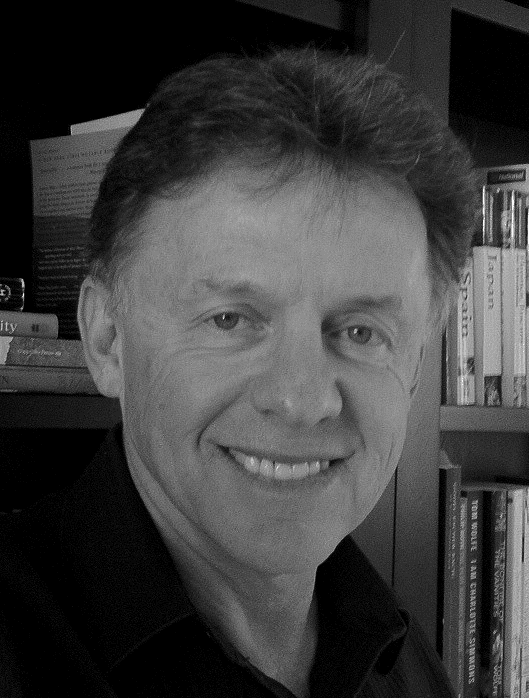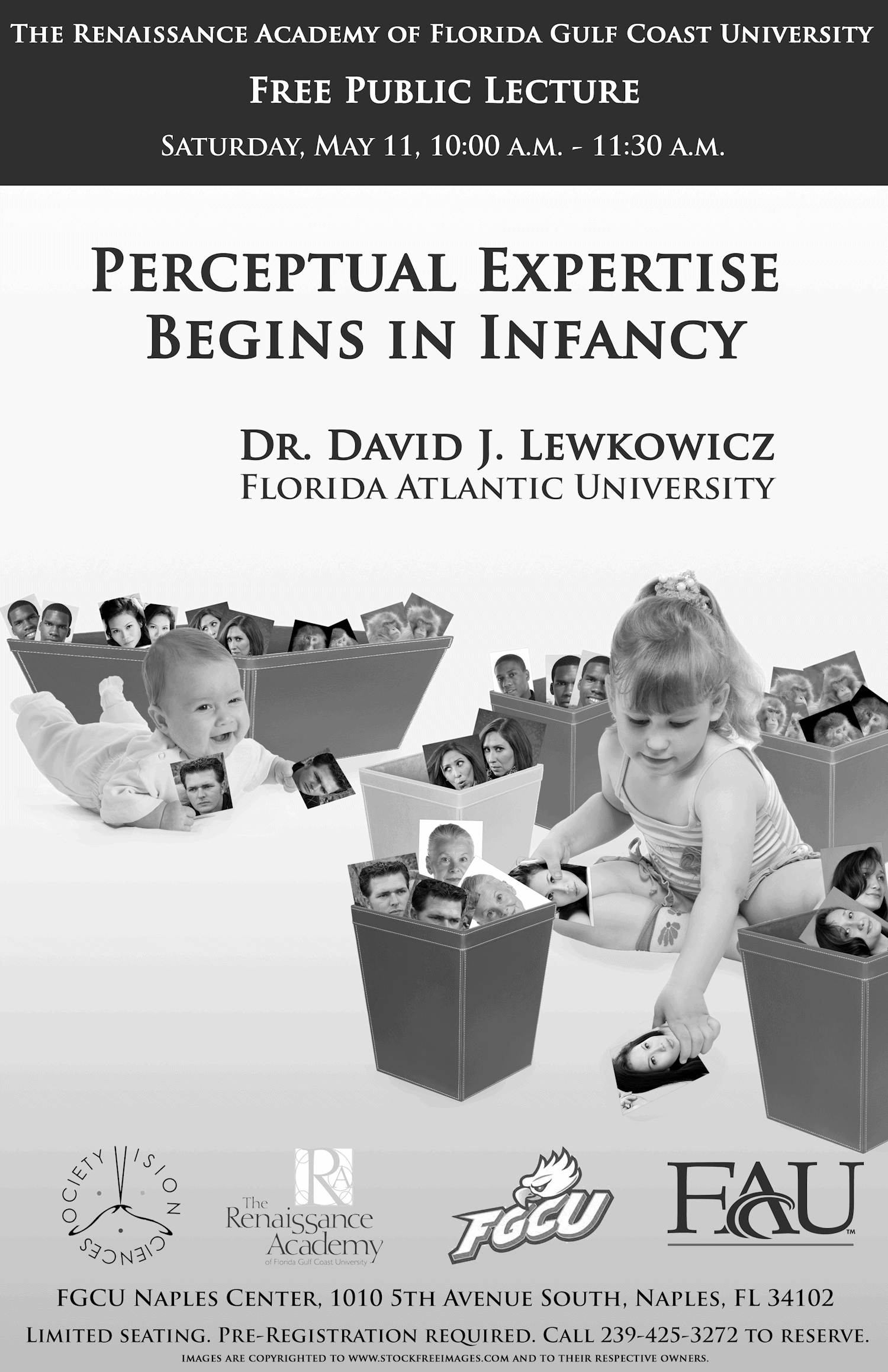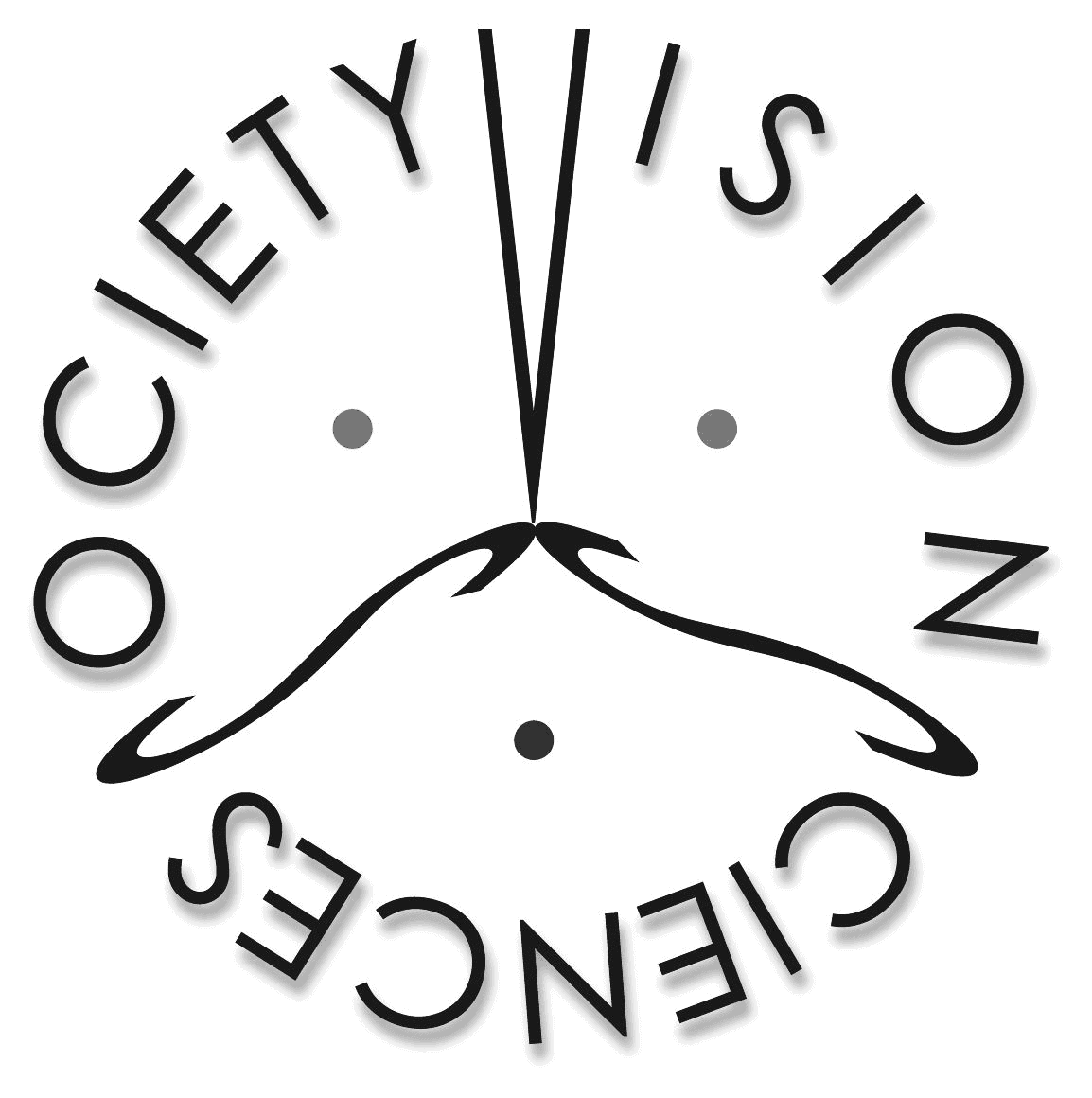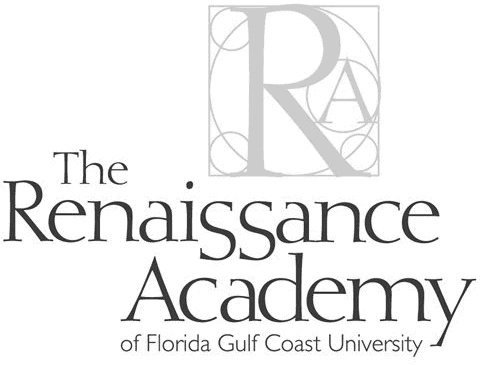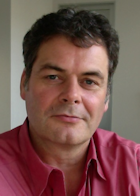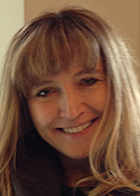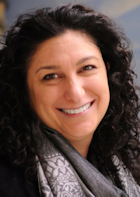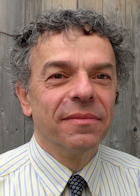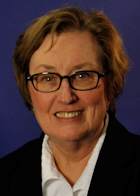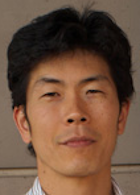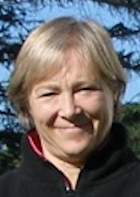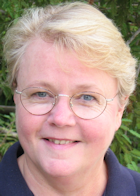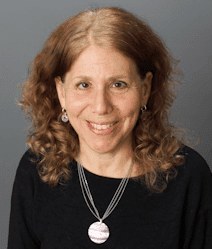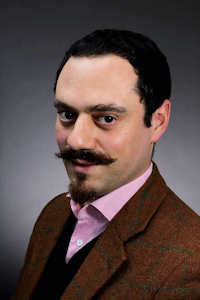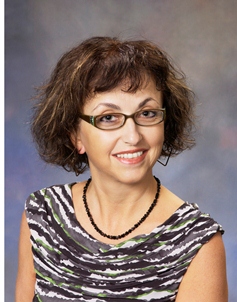Monday, May 13, 2013, 7:00 – 10:00 pm
Buffet Dinner: 7:00 – 9:00 pm, Vista Ballroom, Sunset & Vista Decks, and Mangrove Pool
Demos: 7:30 – 10:00 pm, Royal Palm 4-5, Acacia and Cypress Meeting Rooms
Please join us Monday evening for the 11th Annual VSS Demo Night, a spectacular night of imaginative demos solicited from VSS members. The demos highlight the important role of visual displays in vision research and education. This year, Gideon Caplovitz, Arthur Shapiro, Dejan Todorovic, and Maryam Vaziri Pashkam are co-curators for Demo Night.
A buffet dinner is served in the Vista Ballroom and on the Sunset Deck and Mangrove Pool area. Demos are located upstairs on the ballroom level in the Royal Palm 4-5 and Acacia and Cypress Meeting Rooms.
Some exhibitors have also prepared special demos for Demo Night.
Demo Night is free for all registered VSS attendees. Meal tickets are not required, but you must wear your VSS badge for entry to the Dinner Buffet. Guests and family members of all ages are welcome to attend the demos but must purchase a ticket for dinner. You can register your guests at any time during the meeting at the VSS Registration Desk, located in the Royal Palm Foyer. A desk will also be set up at the entrance to the dinner in the Vista Ballroom at 6:30 pm.
Guest prices: Adults: $25, Youth (6-12 years old): $10, Children under 6: free
3-D Depth-Inverting and Motion-Reversing Illusions
Thomas V. Papathomas, Rutgers University; Marcel DeHeer, 3-D Graphics, Amsterdam
We will project video animations of 3-D depth-inverting illusions, including the hollow-mask illusion and variations, the ‘’Exorcist’’ illusion, and various forms of reverse-perspective illusions. Generally, depth is inverted, with concavities being perceived as convexities, and vice versa. Also, the direction of rotation is reversed.
Binocular Rivalry Gets Pushy
Elan Barenholtz, Loren Kogelschatz; Dept. Psychology, Center for Complex Systems, Florida Atlantic University
Wearing red/blue 3D glasses while fixating a homogeneous background results in an interesting form of binocular rivalry: both red and blue fields appear simultaneously, with a boundary that shifts erratically, as the two eyes compete for dominance. The boundary can also be ‘pushed’, by sweeping a hand across the screen.
3-D Phenakistoscope
Peter Thompson, Rob Stone; University of York, UK
The 3-D phenakistoscope generates a moving sequence of real 3-D figures. The viewer spins a vertically oriented disk and views via a series of slits a series of figures on the other side of the disk. A mirror allows the figures to be seen and set in motion. Our model is easy to construct and will thrill your family and friends.
L-POST: A Screening Test for Assessing Perceptual Organization
Karien Torfs1,2, Lee de-Wit, Kathleen Vancleef2, Johan Wagemans2; 1Université Catholique de Louvain, 2University Leuven
We will demonstrate the Leuven Perceptual Organization Screening Test (L-POST) in which a wide range of processes of perceptual organization are measured using a matching-to-sample task. The L-POST is freely available at www.gestaltrevision.be/tests, can be administered in 20 minutes, and has a neglect friendly version. Try it yourself!
Photo to Painting Techniques
Krista Ehinger, MIT; Eric Altschuler, New Jersey Medical School
Turn your photo into a painted portrait! We demonstrate how two classes of computer vision algorithms (top-down morphable 3D models and bottom-up texture synthesis) can be used to replicate the portrait painting techniques of different artists in history.
Reflections on a True Mirror
Jason Haberman, Jordan Suchow; Harvard University
Common mirrors reflect an image of the viewer that is flipped in the plane of depth. Therefore, there is a mismatch between what the viewer sees and what the rest of the world sees. With a non-reversing (i.e., ‘’true’’) mirror, a pair of angled mirrors creates an image that reflects the true self — the image as seen by others or in photographs.
Adaptation of the Vestibulo-Ocular Reflex Using Prism Goggles: An Easy and Compelling Classroom Demonstration
Carl E. Granrud, Michael Todd Allen; University of Northern Colorado
Toss balls into a trashcan while wearing prism goggles that alter the angle of visual inputs. After several misses, accuracy generally improves. When students remove the goggles, they typically miss the trashcan, but in the direction opposite to their initial misses. This demonstrates adaptation of the vestibulo-ocular reflex.
VPixx 3D Survivor Showdown
Peter April, Jean-Francois Hamelin,Stephanie-Ann Seguin; VPixx Technologies
An exciting game in which the PROPixx 500Hz 3D DLP projector presents dynamic 3D images, and pairs of players with passive 3D glasses compete for the fastest response times. VPixx will be awarding prizes to the players with the quickest reflexes!
Virtual Reality Immersion with Cow Cost Head Mounted Displays
Matthias Pusch, Charlotte Li; WorldViz, LLC
Get fully immersed with a research quality Virtual Reality system. Based on the WorldViz Vizard VR software, the system comes with a 3D head-mounted display, motion tracking, rapid application development tools, application starter kit, support & training. Walk through high-fidelity virtual environments in full scale and fully control visual input.
Rotating Columns: Relating Structure-From-Motion, Accretion/Deletion, And Figure/Ground
Vicky Froyen, O. Daglar Tanrikulu, Jacob Feldman, Manish Singh; Rutgers University
When constant textural motion is added to figure-ground displays, the ground regions are perceived as moving as a single surface. Surprisingly, the figural regions are perceived as 3D volumes rotating in depth (like rotating columns)—despite the fact that the textural motion is not consistent with 3D rotation.
The Fuse-A-Face iPad App
Jim Tanaka Buyun Xu, Bonnie Heptonstall, Simen Hagen; University of Victoria, British Columbia, Canada
Have you ever wondered what you would look like with Angelina Jolie’s lips or Johnny Depp’s eyes? Take a self-photo with the iPad camera and have fun combining your face with face of your favorite celebrities. Then post your face mash-up to your Facebook page or the VSS Face Gallery.
Fabricating Transparent Liquid From Visual Motion
Takahiro Kawabe Kazushi Maruya, Shin’ya Nishida; NTT Communication Science Laboratories, Nippon Telegraph and Telephone Corporation
We will present an illusion in which an impression of transparent liquid is created from band-passed ‘vector’ spatiotemporal distortion of a static image. We also show that translating the image distortion produces an illusion of the flow of transparent liquid, and even triggers a motion aftereffect in the direction opposite to the apparent liquid flow.
The Influence of Local and Global Motion on Shifts in Perceived Position
Peter J. Kohler, Peter U. Tse; Dartmouth College
The perceived position of a briefly presented stimulus can be shifted in the direction of nearby motion. We present several novel versions of this phenomenon, and demonstrate that local and global motion can both have an influence on the direction of the shift in perceived position.
Some Novel Spatiotemporal Boundary Formation Phenomena
Gennady Erlikhman, Phil Kellman; University of California, Los Angeles
We present several new kinds of spatiotemporal boundary formation phenomena. In one set of demos, we show SBF with non-rigid objects of changing size, shape, and orientation. In another, we show that contour formation via SBF can serve as inputs to conventional illusory contour formation.
Color Man Walking
Gi Yeul Bae, Zheng Ma; Johns Hopkins University
A gradual color change along an iso-luminant color space creates a non-uniform percept of color change rate. Background luminance is a strong determinant for this rhythmical percept. We demonstrate this phenomenon using a variety of geometric arrangements of colored objects.
Rotation or Deformation? A Surprising Consequence of the Kinetic Depth Effect
Attila Farkas, Dr. Alen Hajnal; University of Southern Mississippi
Present illusion reveals a trade-off between several cognitive assumptions. One such bias considers the rigidity of the depicted object. A human head is considered to be a rigid object, and therefore is not expected to be seen as spontaneously changing its shape by stretching or shrinking. Stretching will become rotation.
The Garden Path Illusion – Finding Equiluminance Instantly
Bruce Bridgeman, Sabine Blaesi; University of California, Santa Cruz
My garden has flickering roses on one side and flickering foliage on the other. In the middle runs a yellow garden path without flicker. Two panels with opposite brightness gradients and different colors alternate above the chromatic flicker fusion rate; where their brightnesses match, a steady band appears. Instant equiluminance!
Identifying Nonrigid 3D Shapes From Motion Cues
Anshul Jain, Qasim Zaidi; Graduate Center for Vision Research, SUNY College of Optometry
Observers will perform a shape-identification task on novel deforming and rigid shape-from-motion stimuli, which will demonstrate that humans do not make a rigidity assumption to extract 3D shape. We will also demonstrate that observers’ performance does not deteriorate in the periphery if the stimuli size is adjusted for cortical magnification.
Dynamic Illusory Size Contrast
Christopher D. Blair, Kyle Killebrew, Gideon P. Caplovitz, University of Nevada Reno; Ryan Mruczek, Swarthmore College
We demonstrate a new illusion in which dynamic changes in the size of one object can induce perceived dynamic changes in another moving object of constant size.
Surface Flows
Romain Vergne, Université Joseph Fourier; Pascal Barla, Inria
In this demo, we will present two novel image deformation operators that produce the illusion of surface shape depicted through textures (e.g., pigmentation) or reflections/refractions (e.g. off glossy/translucent materials). These deformations work in real-time in our prototype software and can be controlled accurately directly in the image.
The Beuchet Chair
Peter Thompson, Rob Stone; University of York, U.K.
Back by Popular Demand! In the Beuchet chair we see two part of the chair (legs and seat) as belonging together even though they are at different distances from us. Consequently figures at different distances are perceived as being at the same distance. The more distant person appears tiny and the closer figure huge.
Tusi or Not Tusi
Alex Rose-Henig, Arthur Shapiro; American University
We will present several examples of surprising spatial organization. Some examples show that linear elemental motion can produce circular global motion (we call this Tusi motion, from Nasir al-Din al-Tusi,1201-1276), and other examples show that circular elemental motion can produce linear global motion (we call this not-Tusi motion).
Leonardo da Vinci Age Regression
Christopher Tyler, Smith-Kettlewell Institute
Although only one secure portrait of Leonardo da Vinci is know, an array of putative portraits and self-portraits of Leonardo da Vinci are aligned and shown in inverse age sequence to provide a convincing age regression back to his infancy.

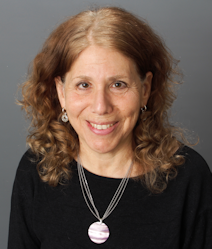 Dr. Eileen Kowler, Professor at Rutgers University, is the inaugural winner of the Davida Teller Award. Eileen transformed the field of eye movement research that eye movements are not reflexive visuomotor responses, but are driven by and tightly linked to attention, prediction, and cognition.
Dr. Eileen Kowler, Professor at Rutgers University, is the inaugural winner of the Davida Teller Award. Eileen transformed the field of eye movement research that eye movements are not reflexive visuomotor responses, but are driven by and tightly linked to attention, prediction, and cognition.